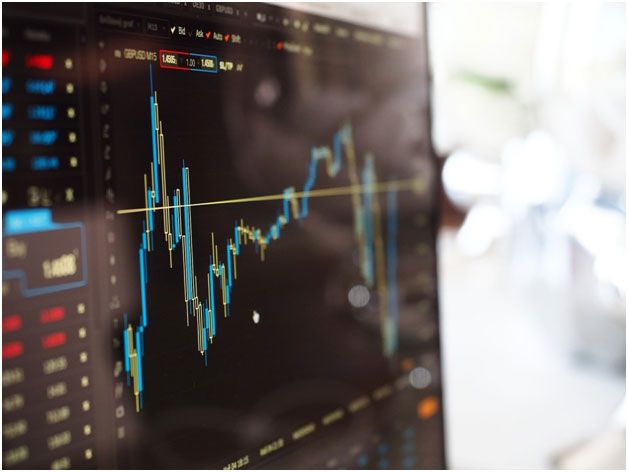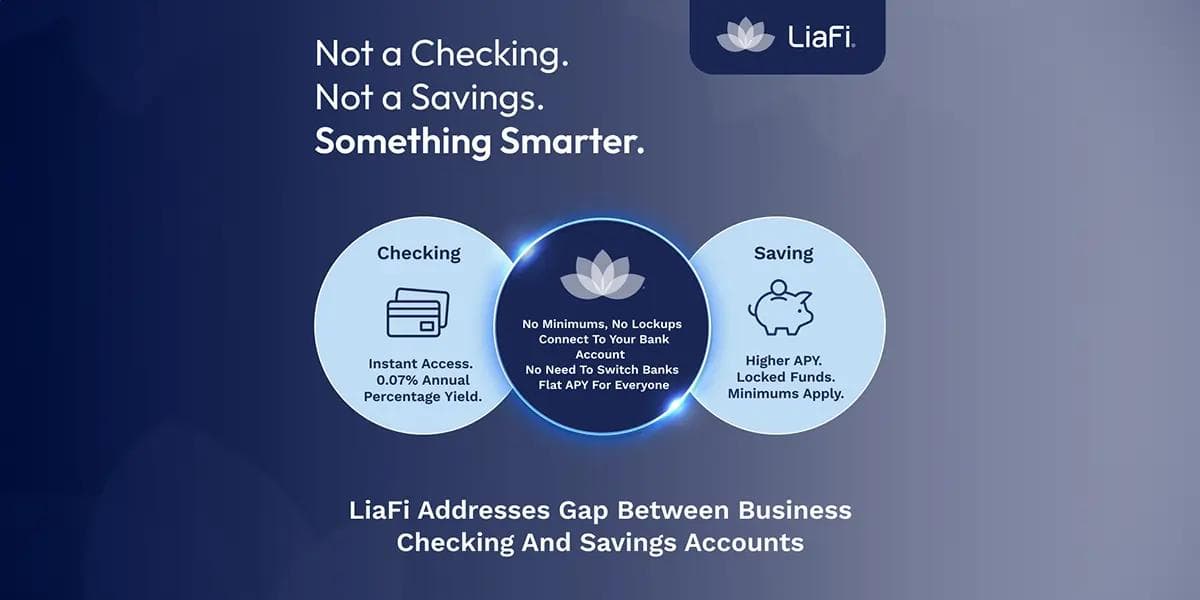Is Covid-19 eroding your financial security?
Is Covid-19 eroding your financial security?
Published by Gbaf News
Posted on April 3, 2020

Published by Gbaf News
Posted on April 3, 2020

A few short months ago, investors were puzzling over the impact that the upcoming halving was having on Bitcoin. Analysts were confused—prices had risen slightly in anticipation of Bitcoin halving its block mining reward, but not to the levels expected.
No one was particularly worried about this. After all, this is only the third halving event in the coin’s history. No real pattern had been established at that stage.
But then again, this year has proven very interesting for the cryptocurrency and the industry in general. In this post, we’ll work through the effect of Covid-19 on cryptocurrency markets and see what outcomes we might expect.
The Twist in the Tale
Every great story has an unexpected twist in it. Something that no one could have predicted. Covid-19 is providing that twist in our analysis.
When the first signs of the Covid-19 epidemic started to emerge, it was a blip on the radar. Some were concerned about it becoming a global pandemic, but, by and large, it was business as usual.
The Effect on Cryptocurrencies
As news of the ever-increasing infection rate made the rounds, some crypto experts predicted a boom time for cryptos. After all, when investors lose confidence in the stock market, they turn to alternative avenues that provide better returns.
Oddly enough, despite the volatility of the crypto market, investors previously had focused some attention there when the stock market was down.
Experts looked at moves on the stock market and saw that companies that promoted in-home entertainment were becoming more interesting for investors. People that once spent their bitcoins on Starbucks were now using them for Netflix subscriptions</a>.
It seemed a good bet that Bitcoin and other cryptos would receive a boost. Particularly because they’re a completely digital form of payment. And, it’s true, the coins did gain in value slightly.
The Global Pandemic
Fast-forward until today, and the situation is very different. Stock markets and cryptocurrency markets across the globe are in a state of freefall. Dow Jones suspended trading for the third time in as many weeks.
To understand the severity of the situation, keep in mind that the last time trading was suspended to this extent was during the 2008 subprime mortgage crisis.
Governments across the world have been trying to stabilize the stock markets and easing financial pressure by cutting interest rates. This hasn’t been enough to halt the freefall.
Cryptocurrencies are also losing value fast and furiously. On the 12th of March, Bitcoin’s value dropped to $3,600 virtually overnight. It’s been recovering slowly since then, but it still has a long way to go to hit the levels it was trading at just a week ago.
Fed Rate Cuts Could Make the Situation Worse
Fears are that the United States’ latest federal rate cuts will cause more market instability. In normal times of financial crisis, the Fed rate cuts are a good thing. Putting more money in people’s pockets eases financial pressure and increases spending. That, in turn, fosters economic growth.
Covid-19 Means That This Is Not a Normal Situation
Or at least, it would do during regular times. These aren’t regular times. People are frightened. They don’t want to leave their homes or come into contact with others. We’re seeing schools closing and workers being told to work remotely.
As the crisis continues, the financial situation starts to look bleaker. Companies are shutting down operations. For now, workers may be forced to use their annual leave if sent home. Those without annual leave are required to take unpaid leave.
While there are calls for companies to continue to pay their workers regardless, that’s an untenable situation. If the company isn’t getting money coming in, it can’t afford to make payments.
And that brings us to the next interesting aspect of this pandemic. In Italy, the entire country is in lock-down. The government has halted all mortgage payments to assist its citizens. That’s a noble gesture for the citizens, but it could prove disastrous for the mortgage holders.
Is Covid-19 an Anomaly?
Experts predict that we could be looking at numbers rivaling the H1N1 influenza pandemic of 1918. That pandemic killed 675,000 victims and infected a third of the world’s population.
While people are calling this the first pandemic in living memory, the CDC reminds us that that’s not entirely true. In 1957, the H2N2 influenza virus claimed 1.1 million lives globally. In 1968, one million people globally lost their lives to the H3N2 pandemic. The H1N1 virus resurfaced in 2009, killing as many as 575,400 people in the first year alone.
Global pandemics have been a relatively regular feature in the last century. So why is this one causing such panic?
Covid-19’s exponential growth rate is at the heart of the panic. According to Forbes, the numbers are frightening. Assuming that the number of cases doubles every three days, 1,024 cases today could lead to 67 million infections in a little under three months.
Now, granted, it’s a little more complicated than that. The growth rate of the virus varies. As we become more adept at dealing with it and learn to prevent it from spreading, the growth rate will slow.
For now, though, it’s worth taking a hard look at those figures and asking if there’s more we should be doing.
What the Future Holds
We’re in for a difficult few months at the very least. While we understand something about how this virus operates, there’s a lot more we need to know. There’ve been talks of a vaccine being developed, and that’s encouraging. There are also a lot of encouraging developments being made.
But, let’s be realistic—it’ll be at least a year or more to get that vaccine to market, even with accelerated production. We could be living with this virus for a protracted period.
And, while that sounds frightening, it could be a good thing. The emergency containment measures that we’re employing at the moment are adequate but not practical over the long term. You can shut down the borders for a limited amount of time.
Thanks to globalization, though, it’s not a viable long-term strategy. Unless you live in a country able to produce everything it needs on its own, the trade will have to resume at some point.
You also can’t have a workforce staying in a constant state of limbo. At some point in time, people will need to return to work. As that starts to happen, we’ll see a gradual normalization of the situation. We’ll learn to live with the virus and protect ourselves as best we can.
In the meantime, though, it’s best to hunker down and prepare yourself. Things are bound to get much worse before this ends.
Explore more articles in the Top Stories category











